Tiny particles called quantum dots reduce symptoms in mice primed to develop a type of Parkinson’s disease, and also block formation of the toxic protein clumps in Alzheimer’s. They could one day be a novel treatment for these brain disorders, although tests in people are some years away. Unlike most medicines, the particule's tiny size means they can pass from bloodstream into the brain. Byung Hee Hong of Seoul National University in the South Korea and his colleagues wondered if they would affect the molecules involved in Parkinson’s or other brain disorders.
Parkinson's Disease
Parkinson’s disease is known to be caused by the death of brain cells that produce a neurotransmitter known as dopamine which affects the control of nerves responsible for movement. Symptoms appear once 70% of the cells have died, which makes early interventions highly important. There are approximately 6 million people with Parkinson’s disease worldwide.For more information: https://www.animalresearch.info/en/medical-advances/diseases-research/parkinsons-disease/
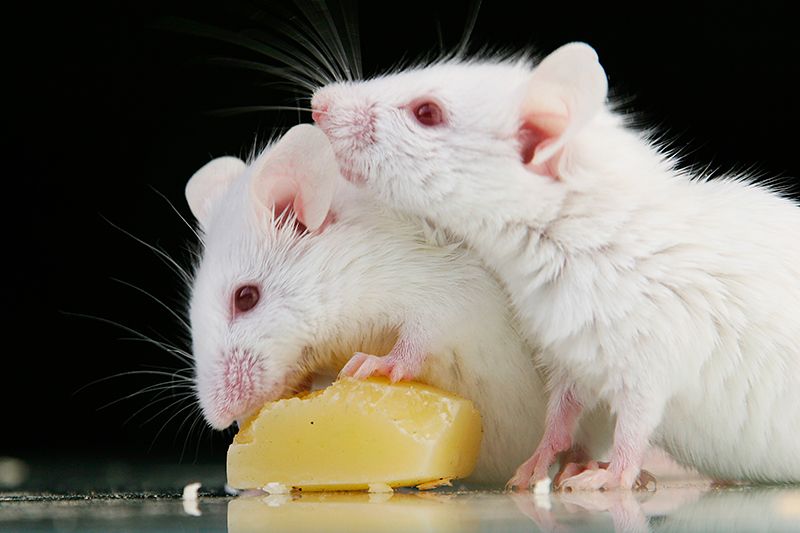
09/07/18 Quantum dots in brain could treat Parkinson’s and Alzheimer’s diseases
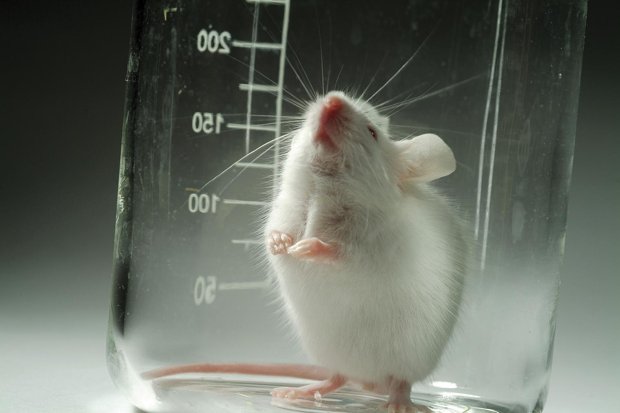
02/07/18 Experimental Drug Stops Parkinson’s Disease Progression in Mice
Johns Hopkins researchers say they have developed an experimental drug, similar to compounds used to treat diabetes, that slows the progression of Parkinson’s disease itself — as well as its symptoms — in mice. In experiments performed with cultures of human brain cells and live mouse models, they report the drug blocked the degradation of brain cells that is the hallmark of Parkinson’s disease. The drug is expected to move to clinical trials this year.

20/06/18 Dopamine Neuron Implants Ease Parkinson’s Symptoms in Monkeys
Researchers in China have taken cell therapy for Parkinson’s disease one step further. In research published in Stem Cell Reports , scientists report improvements in the motor abilities of monkeys with Parkinsonian symptoms after grafting dopamine neurons derived from embryonic stem cells (ESCs) into their brains. The findings will serve as preclinical data for China’s first ESC-based clinical study for the neurological disease.
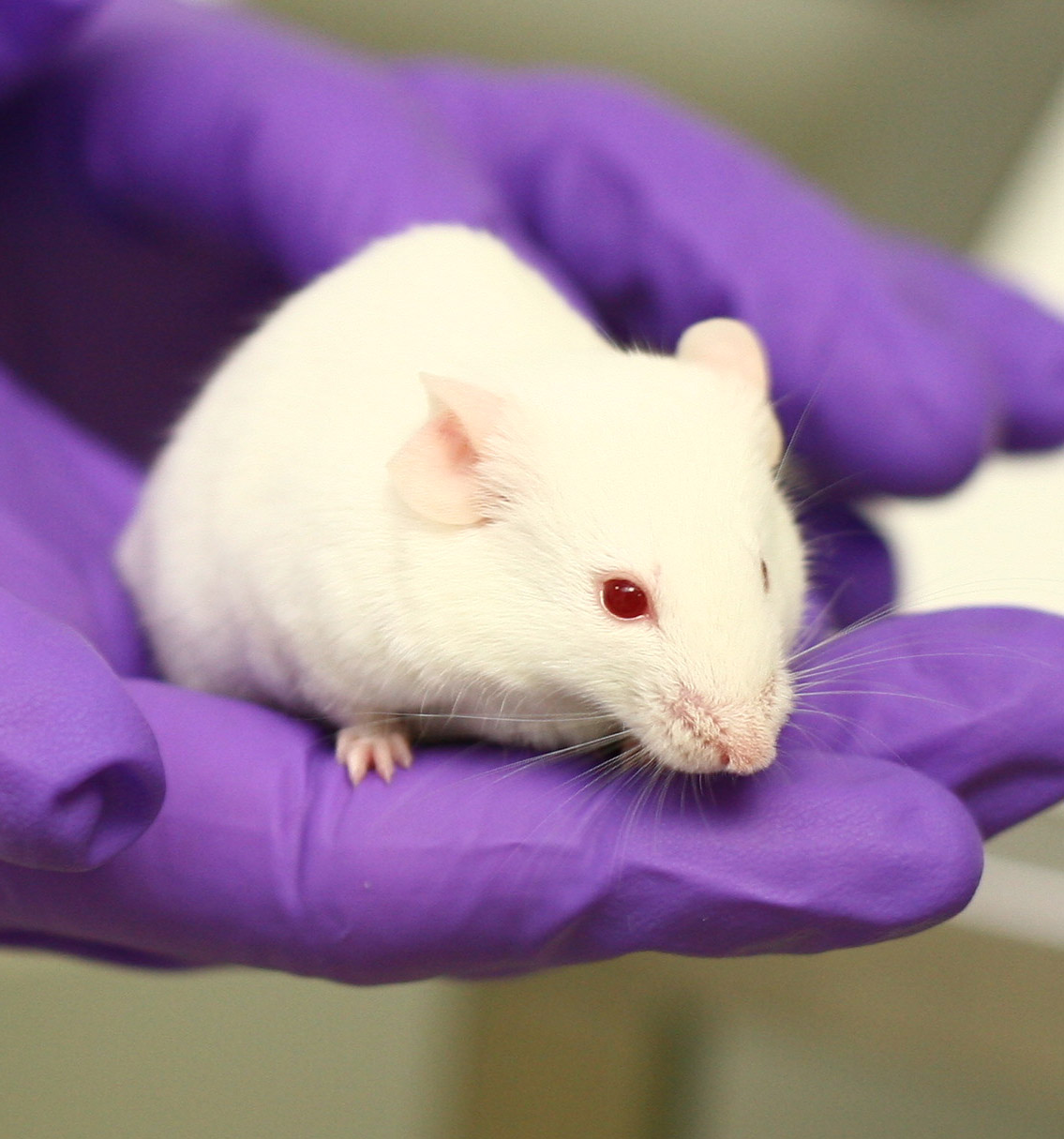
02/12/16 Parkinson's disease 'may start in gut'
Their animal experiments, published in the journal Cell, suggest the brain disorder may be caused by bacteria living in the gut. The findings could eventually lead to new ways of treating the disease, such as drugs to kill gut bugs or probiotics. Researchers used mice genetically programmed to develop Parkinson's as they produced very high levels of the protein alpha-synuclein, which is associated with damage in the brains of Parkinson's patients. But only those animals with bacteria in their stomachs developed symptoms. Sterile mice remained healthy. Further tests showed transplanting bacteria from Parkinson's patients to mice led to more symptoms than bacteria taken from healthy people.
http://www.cell.com/cell/fulltext/S0092-8674%2816%2931590-2
http://www.bbc.co.uk/news/health-38173287

18/08/16 Rat study suggests Parkinson's may be detectable from an eye test
The first signs of Parkinson's may be detectable from an eye test, according to studies conducted in rats. Scientists at UCL found that there were changes in the back of the eyes of rats before any outward symptoms showed. If this research can be applied to humans it would hugely benefit the early diagnosis of tens of thousands of future Parkinson's patients
http://www.bbc.co.uk/news/health-37107189
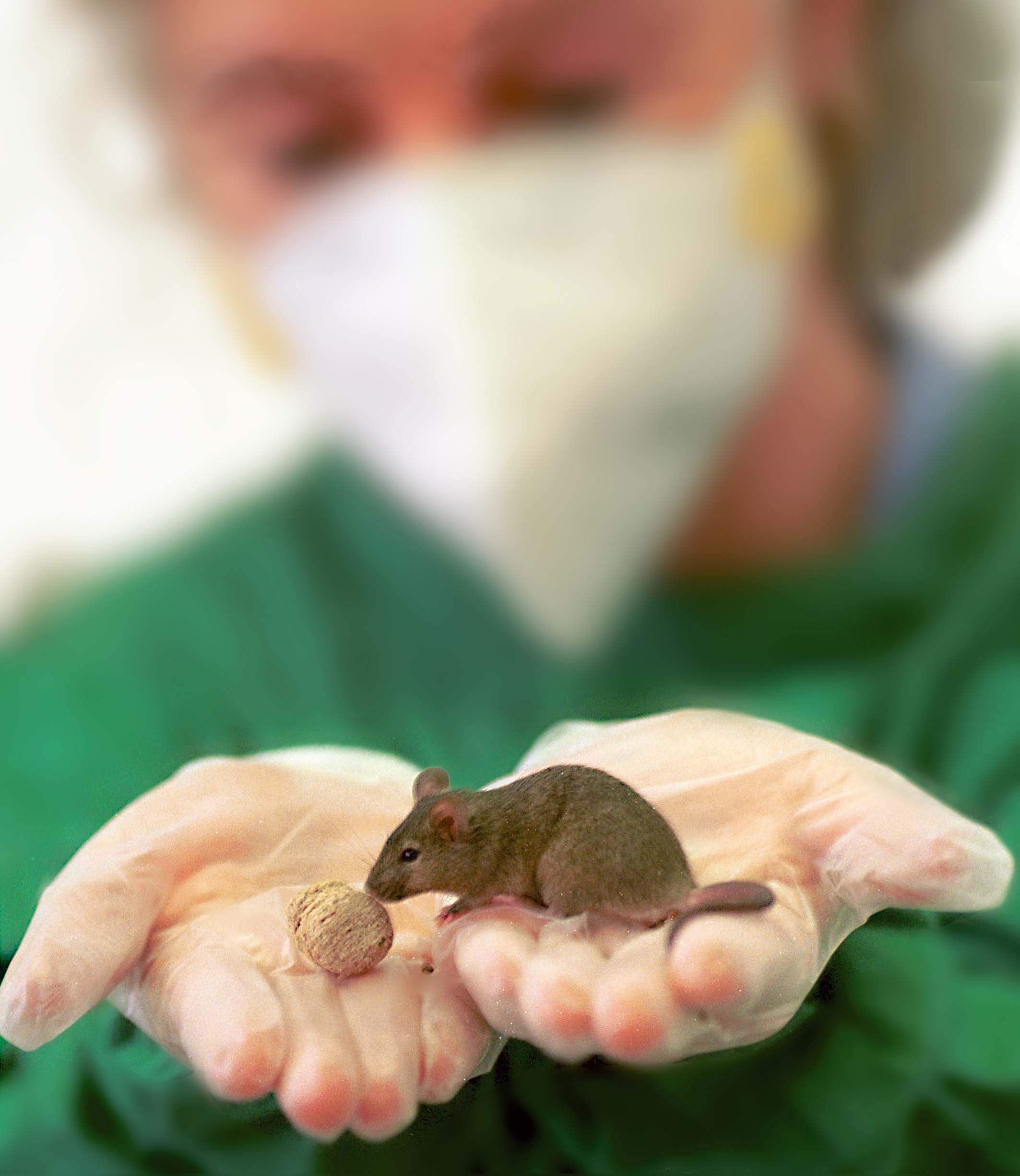
29/07/16 Mouse model used to develop treatment that targets LRRK2 gene in Parkinson's
Scientists hope by studying the LRRK2 gene, which is believed to cause inherited Parkinson's, that they can bring new treatments to bear on the disease. The new method, which was developed using a mouse model, analysed how much of the Rab10 protein has been deactivated - a measure of heightened LRRK2 protein activity. The work is being conducted at the University of Dundee.
http://www.mirror.co.uk/lifestyle/health/parkinsons-could-slowed-new-drugs-8524277

06/07/16 connection between Parkinson's and autoimmune disease
A new mouse study suggests a connection between Parkinson's and autoimmune disease.Two genes that are associated with Parkinson's - PINK1 and Parkin - can cause the immune system to attack the wrong things.
https://www.alnmag.com/news/2016/07/neuron-cell-death-parkinsons-may-be-caused-overactive-immune-system

15/06/16 First monkey genetically engineered to have Parkinson’s
Hideyuki Okano at the Keio University School of Medicine in Tokyo modified marmosets to have mutated copies of a human gene called SNCA, which is linked to Parkinson’s disease. When this gene is faulty, a protein called alpha-synuclein builds up in the brain, disrupting and then killing the brain cells that make dopamine, a signalling chemical vital for movement.
In the three years since the engineered marmosets were born, they developed Parkinson’s symptoms in the same way people do. This began with signs of sleep disturbance in their first year, followed by the appearance of a-synuclein-associated globules, known as Lewy bodies, in their brain stems the next year. By their third year, the monkeys began to show the characteristic tremors associated with the condition. Okano showed that their tremors could be eased by giving them L-DOPA, a drug given to people with Parkinson’s to make up for the lack of dopamine.
“With these diseases, it’s very difficult to investigate what’s happening in living people, so knowledge of the brain circuits responsible are mostly unidentified,” says Okano. His team hopes to work out the key neural circuits damaged at each stage of the monkeys’ decline. “We hope to find ways to predict the onset of each symptom, and develop drugs to slow down disease progression,” he says.
https://www.newscientist.com/article/mg23030784-200-first-monkey-model-of-parkinsons/
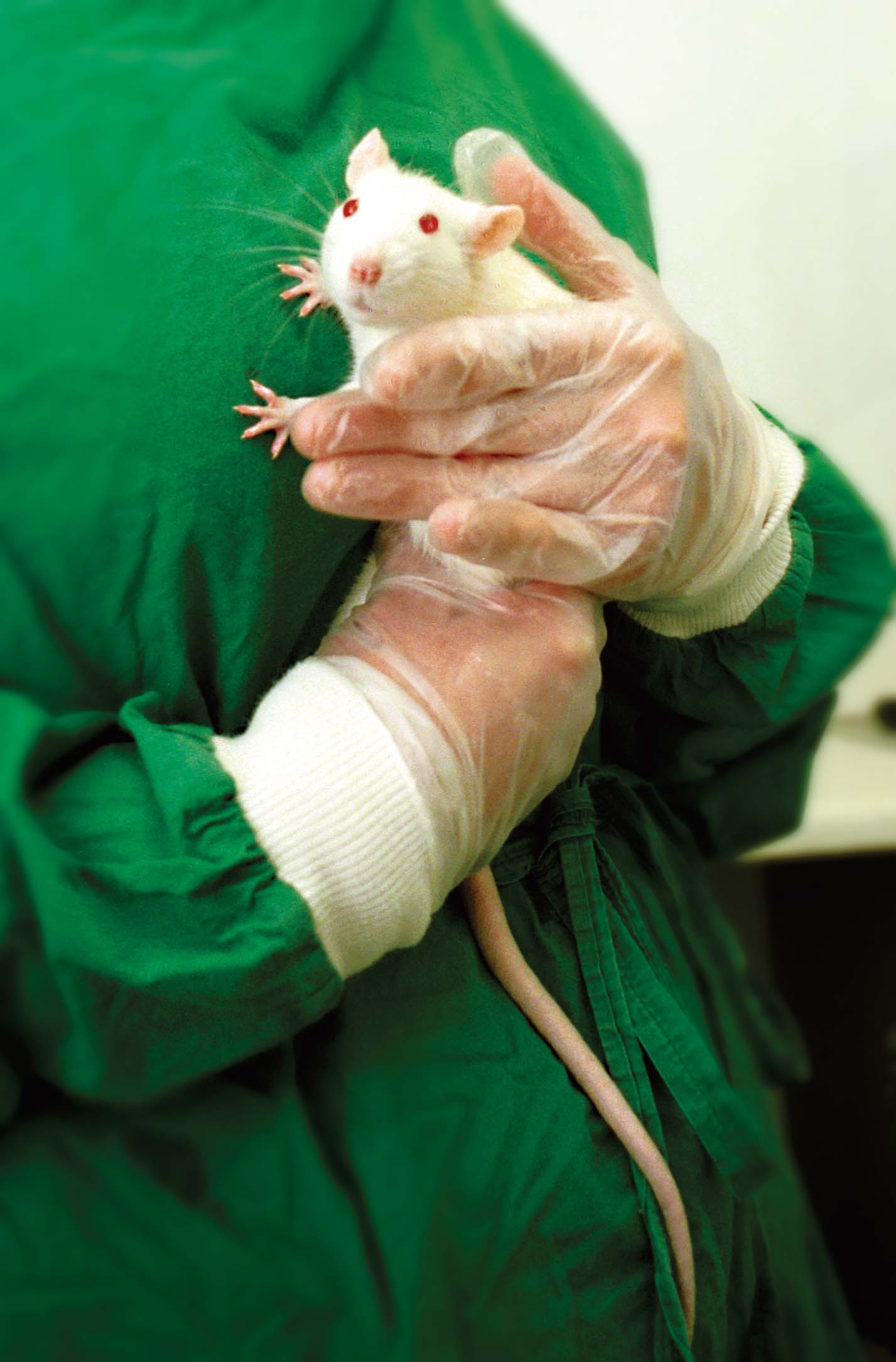
05/05/16 Drug used in rats reduces Parkinson inflammation
University of Alabama at Birmingham researchers report the first documentation that suppressing a key cell-signaling pathway in a rat model of Parkinson’s disease reduces pathogenesis. Oral administration of AZD1480 — one of the JAK/STAT pathway inhibitors generally known as Jakinibs — lessened the destructive inflammation and nerve cell degradation in the area of the brain affected by Parkinson’s.
http://www.alnmag.com/news/2016/05/parkinsons-disease-pathogenesis-reduced-rats-using-cell-signaling-inhibitor-drug
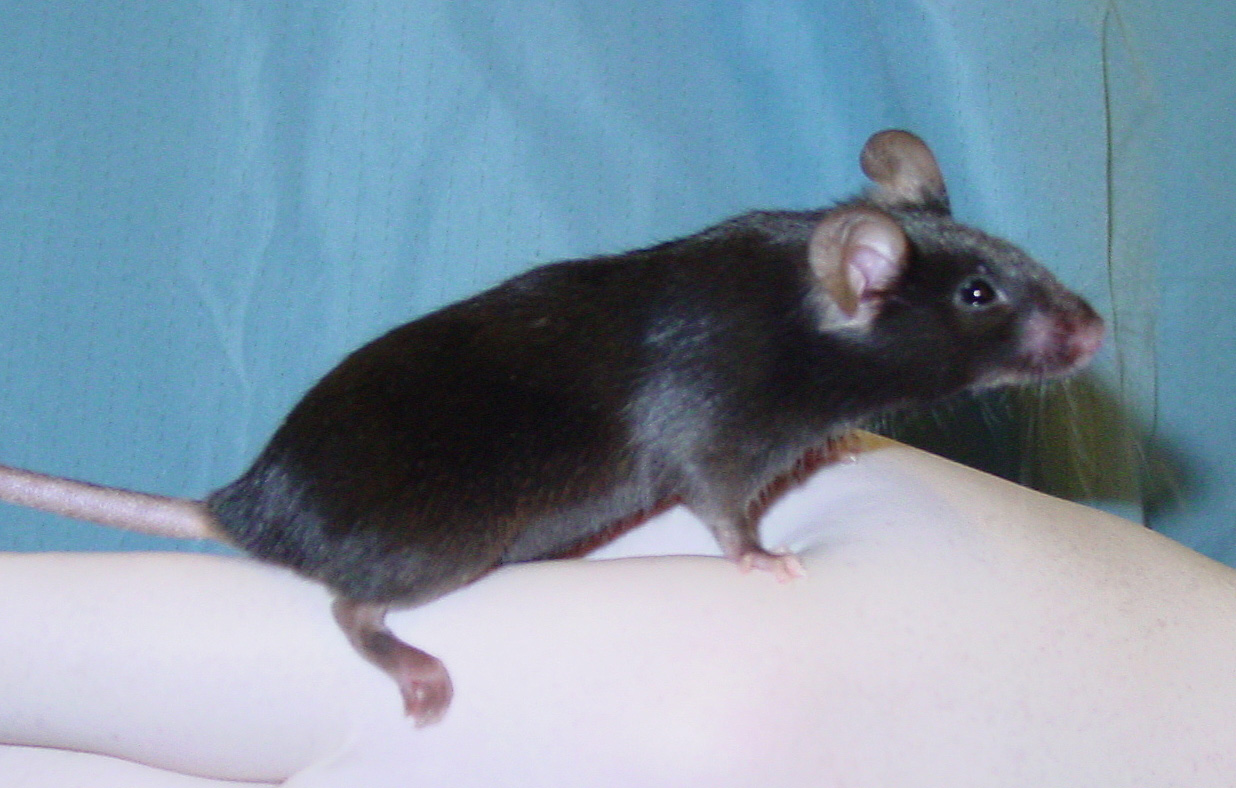
28/04/16 Dopamine-making neurons chemically controlled in mice with Parkinson's
Scientists have developed a treatment for Parkinson's Disease that involves transplanting stem cell-derived neurons into the brain of patients. Mice received human stem cell-derived dopamine-producing neurons that are progressively destroyed during Parkinson's disease. The replacement neurons are genetically engineered to alter dopamine production in response to a drug. Whilst it will take years before such a therapy can be tested in human patients, if successful it would allow doctors to fine-tune the transplanted neurons to the needs of individual Parkinson's patients.
http://www.sandiegouniontribune.com/news/2016/apr/28/parkinsons-stem-cell-control/
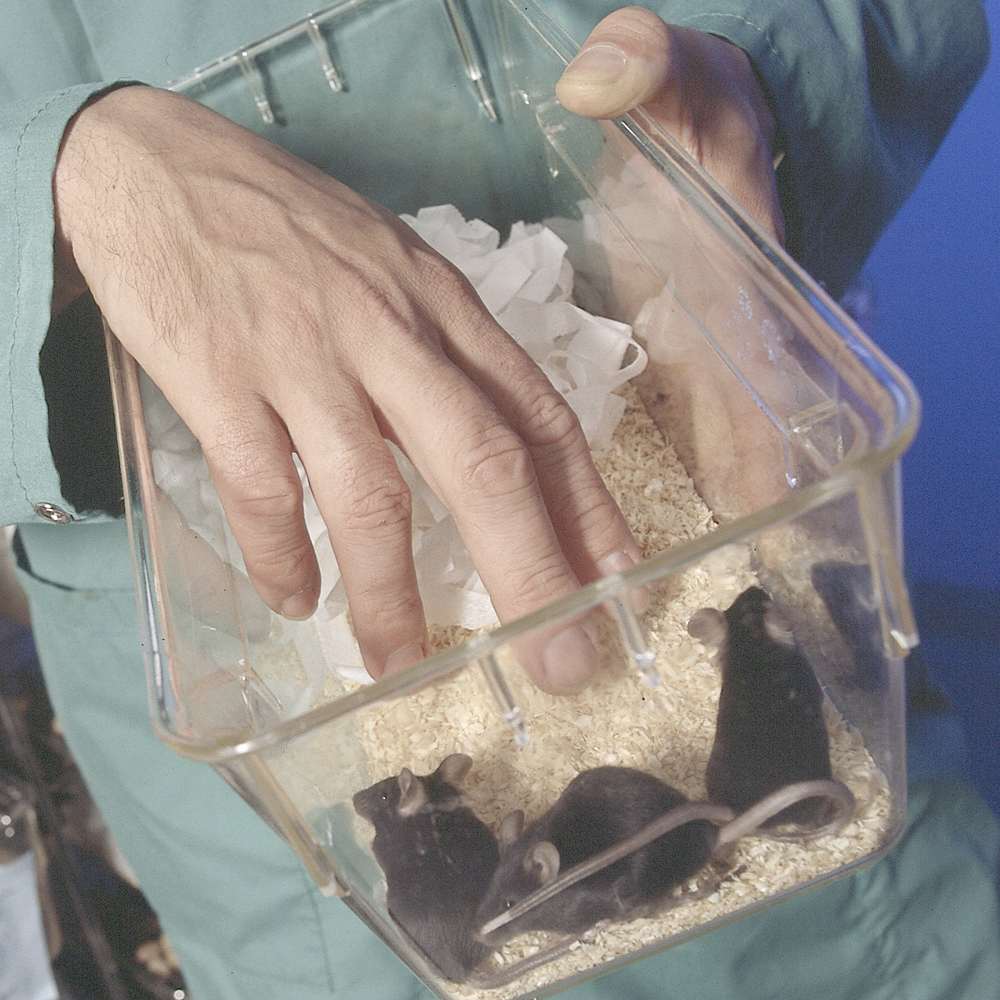
20/10/15 Cancer drug reverses Parkinson’s disease and dementia
Nilotinib, an approved drug used to treat leukemia has dramatically reduce symptoms in people with Parkinson’s disease or a similar condition called dementia with Lewy bodies during a six-month pilot study. Initially, in vitro experiments illustrated that the drug was able to clear the neurotoxic protein associated with Parkinson's in brain cells. This was followed by experiments in transgenic mice that were almost completely paralyzed from Parkinson's disease; when given the treatment they were able to move almost as well as healthy mice. If the drug's effectiveness is confirmed in larger, placebo-controlled studies, nilotinib could become the first treatment to interrupt a process that kills brain cells in Parkinson's and other neurodegenerative diseases, including Alzheimer's.
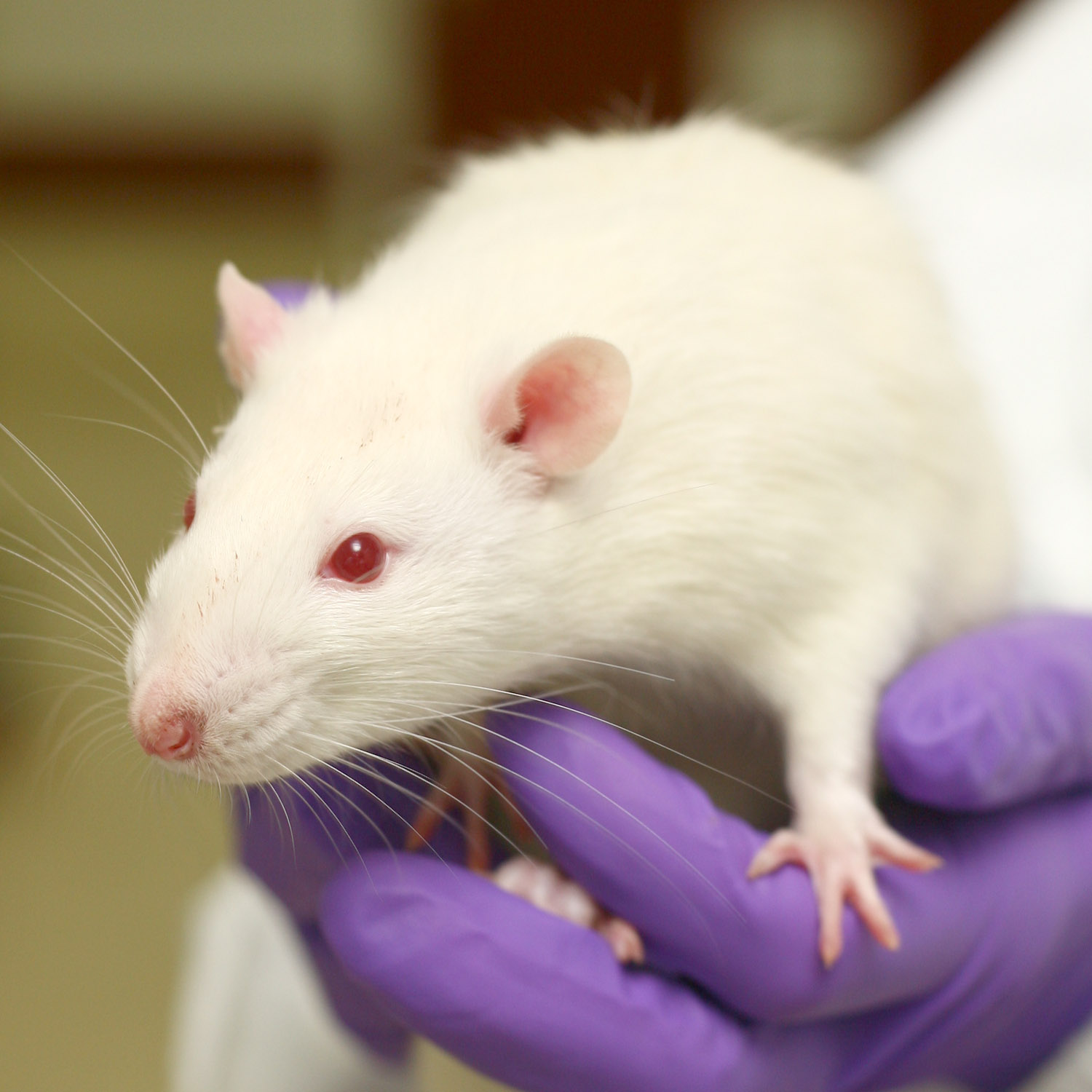
16/10/15 New way to target brain cells affected by Parkinson’s disease
Researchers believe they have found a potential new way to target cells of the brain affected by Parkinson's disease. The new technique is relatively non-invasive and has worked to improve symptoms of the disease in rats. Parkinson’s disease causes progressive problems with movement, posture and balance. It is currently treated with drugs, but these have severe side effects and can become ineffective after around five years. The only treatment subsequently available to patients is deep brain stimulation, a surgical technique where an electrical current is used to stimulate nerve cells in the brain. The new technique is less invasive and more precise alternative, designed to target and stimulate a particular type of nerve cell involved in Parkinson’s desease. Following the treatment the rats made an almost complete recovery and were able to move normally.
http://www3.imperial.ac.uk/newsandeventspggrp/imperialcollege/newssummary/news_22-9-2015-10-43-26
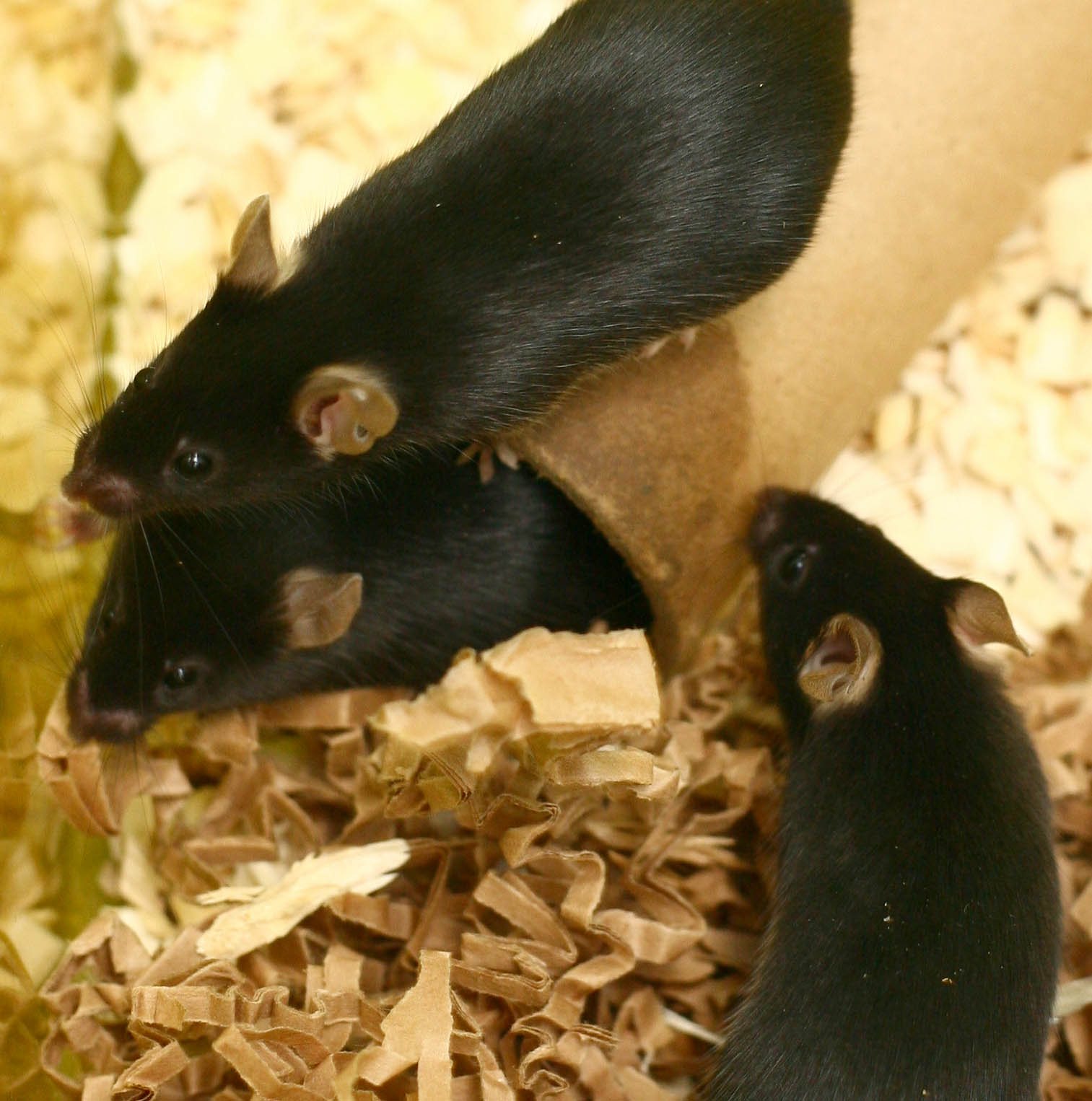
23/09/15 New way to target neurons affected by Parkinson ’s disease
Researchers from Imperial College London and Newcastle University have found a new way to target cholinergic neurons in the brain that are affected by Parkinson's disease. Current treatment for the disease includes severe side effect inducing drugs or deep brain stimulation, however this new technique is a relatively non-invasive and more precise alternative, designed to target and stimulate the cholinergic neurons. Rats displaying symptoms of Parkinson’s disease were given a drug designed to activate these target neurons which allowed them to make an almost complete recovery and move normally. The researchers are hoping the treatment can be transferred into people within ten years.
http://www3.imperial.ac.uk/newsandeventspggrp/imperialcollege/newssummary/news_22-9-2015-10-43-26
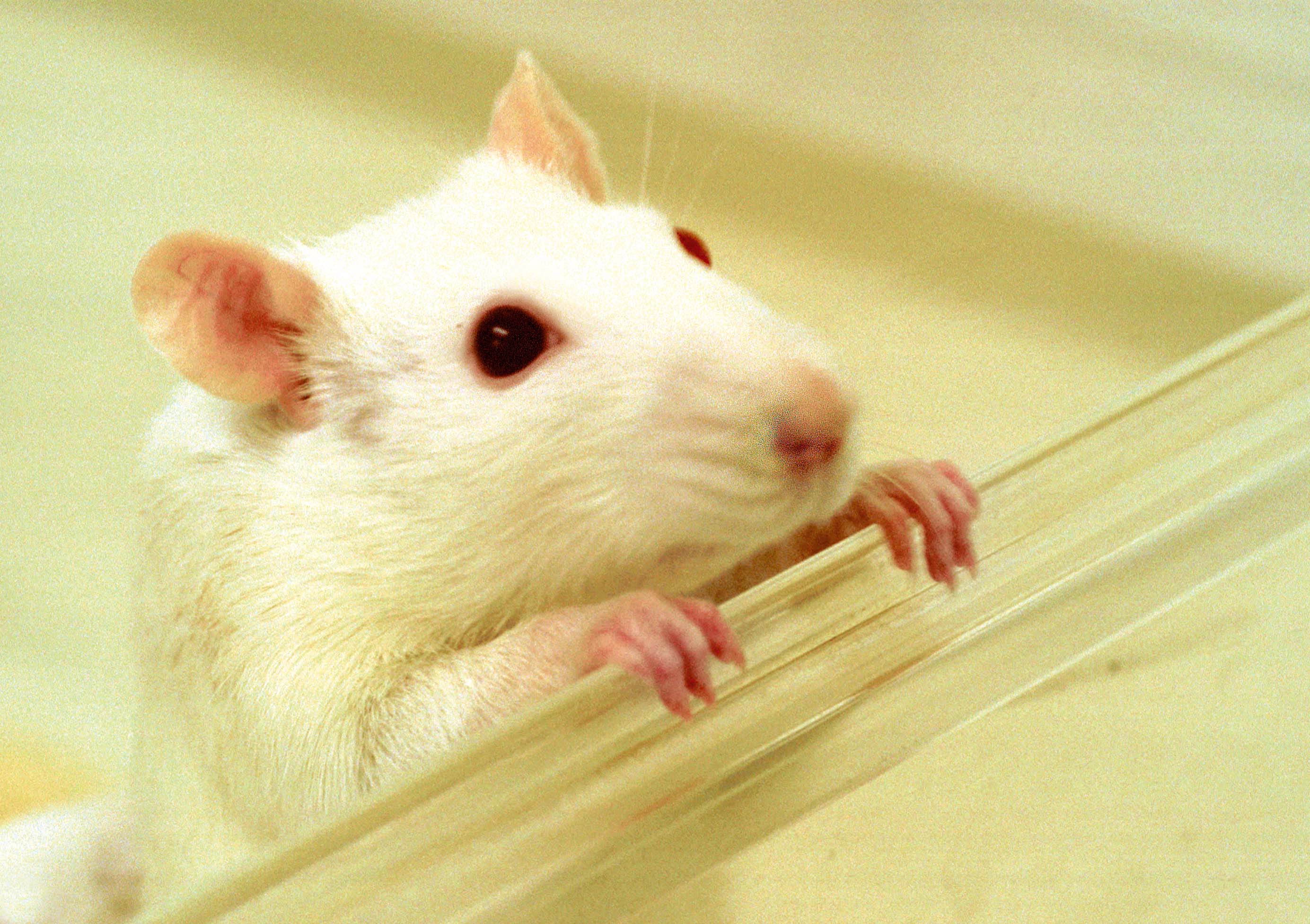
07/11/14 stems cells repair brain damage caused by Parkinson's disease
Stem cells have been used to repair damage caused to the brain by Parkinson’s disease in rats. To simulate the disease scientists from Lund University, Sweden, killed dopamine-producing neurons on one side of the rats’ brains. Human embryonic stem cells converted into replacement neurons and injected into the rats’ brains appeared to reverse the damage. As yet there have been no human clinical trials of stem-cell-derived neurons, but the team believe that the technique could be ready for testing by 2017.
http://www.bbc.co.uk/news/health-29935449
Last edited: 20 November 2018 16:36
